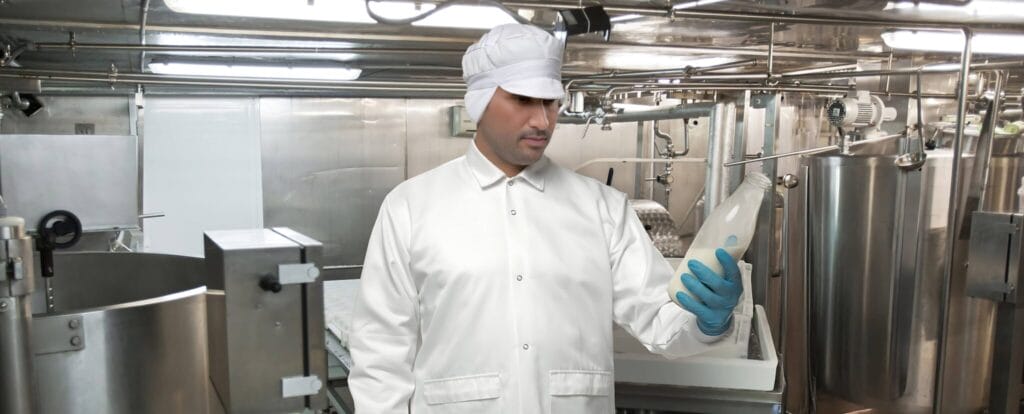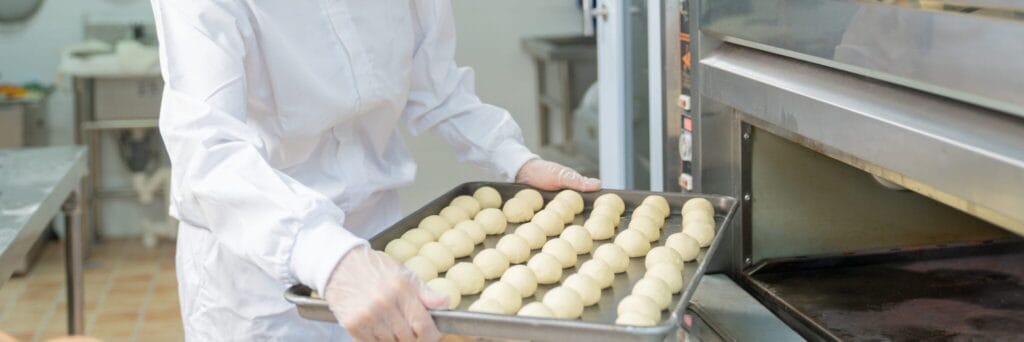
What’s the difference between surgical and medical scrubs?
Uniforms are pivotal in preserving safety, hygiene, and professionalism in healthcare environments. Among the commonly worn healthcare attire, surgical and medical scrubs are two prominent types. This article seeks to illuminate the critical disparities between these garments, aiding healthcare practitioners in choosing the appropriate attire.
Historical Evolution of Healthcare Uniforms
The evolution of healthcare uniforms over time has been remarkable. Originally, healthcare professionals wore regular clothing, but distinct uniforms emerged as the profession’s demands evolved. Surgical scrubs, in particular, witnessed significant advancements in materials and designs.
Critical Traits of Surgical Scrubs
Surgical scrubs are meticulously crafted for use in operating rooms by surgeons, nurses, and other surgical personnel. They possess unique characteristics crucial for meeting rigorous health and safety standards:
#1 Fabric and Material: scrubs are typically crafted from breathable, fluid-resistant materials that shield wearers from contamination and ensure comfort during extended surgical procedures.
#2 Design and Features: Designed for ease of movement and accessibility, scrubs often incorporate pockets for convenient storage of essential tools and instruments.
#3 Sterility Requirements: scrubs are held to stringent sterility standards to minimize the risk of infections in the highly controlled environment of the operating room.
#4 Regulations and Standards: Guidelines govern scrubs’ proper usage and disposal practices.
Purpose and Functionality of Surgical Scrubs
#1 Infection Control: The primary function of scrubs is to thwart the transmission of infections in the sterile environment of the operating room, preserving patient safety.
#2 Role in the Operating Room: Beyond their protective role, surgical scrubs contribute significantly to the efficiency and effectiveness of surgical teams.
#3 Significance of Color Coding: Color coding is vital for quickly identifying healthcare personnel, reducing confusion and bolstering patient safety.
Varieties of Surgical Scrubs
Surgical scrubs come in various forms to cater to a range of needs:
#1 Disposable vs. Reusable: Some scrubs are designed for single use, while others are created for repeated wear after proper sterilization.
#2 Specialty Scrubs: Antimicrobial and other specialty scrubs are available to address specific clinical requirements.
#3 Maternity Surgical Scrubs: Maternity scrubs are tailored to the unique needs of pregnant healthcare professionals in surgical settings.
Maintenance and Care of Surgical Scrubs
Proper washing, sterilization, and storage are imperative for maintaining the effectiveness and safety of surgical or medical scrubs. Adherence to guidelines for replacement and disposal is essential.
Medical Scrubs
In contrast, medical scrubs are worn by healthcare workers in diverse healthcare settings outside the confines of the operating room. Critical attributes of medical scrubs include:
#1 Fabric and Material: Medical scrubs can be fashioned from various materials, including blends of cotton and polyester, offering a blend of comfort and durability.
#2 Style and Fit: They come in a wide array of styles, colours, and patterns tailored to the preferences and needs of healthcare professionals.
#3 Functionality: Medical scrubs incorporate pockets and other design features that allow healthcare workers to conveniently store essential items while carrying out their duties.
Conclusion
Surgical and medical scrubs serve distinct roles within the healthcare sector. Key disparities encompass fabric and material, design, sterility and hygiene prerequisites, and cost considerations. Each type of scrub is meticulously tailored to specific scenarios and roles within healthcare settings. Ultimately, selecting the right uniform is instrumental in upholding professionalism, infection control, and operational efficiency in the healthcare industry.





